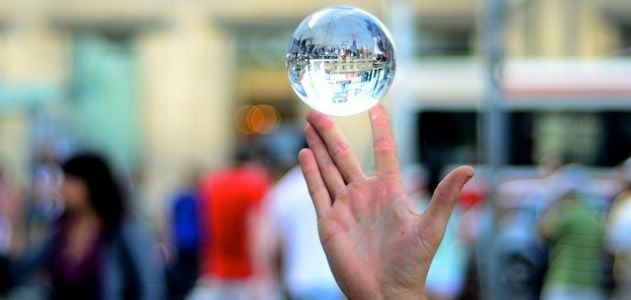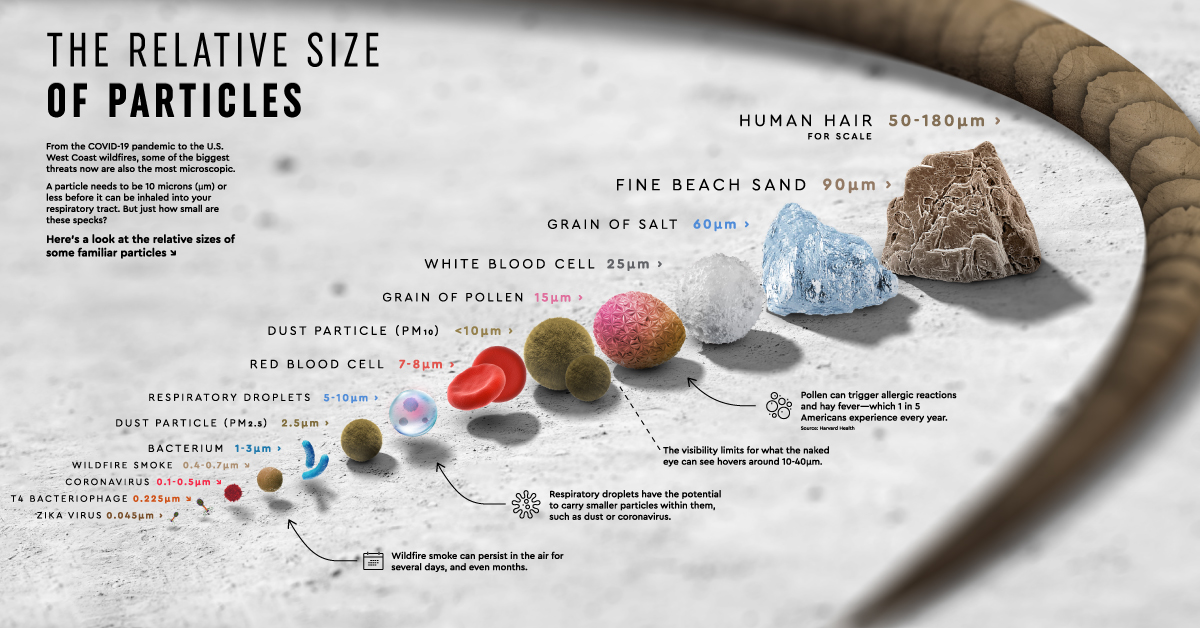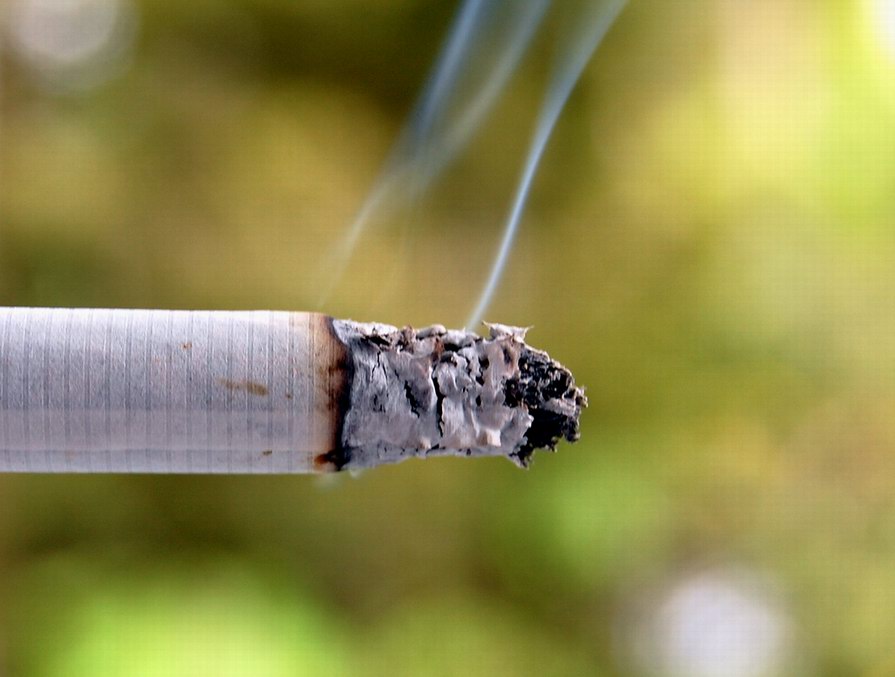Desert Hound
DA
Always looking through a political lens.The ultimate failed epidemic prediction --
@kickingandscreaming was pointing out the poor records of the "experts".
You look at that and immediately go political.
Evaluating how the experts performed should not be a political exercise. And yet you and others seem not to be able to do anything without using the political angle.






